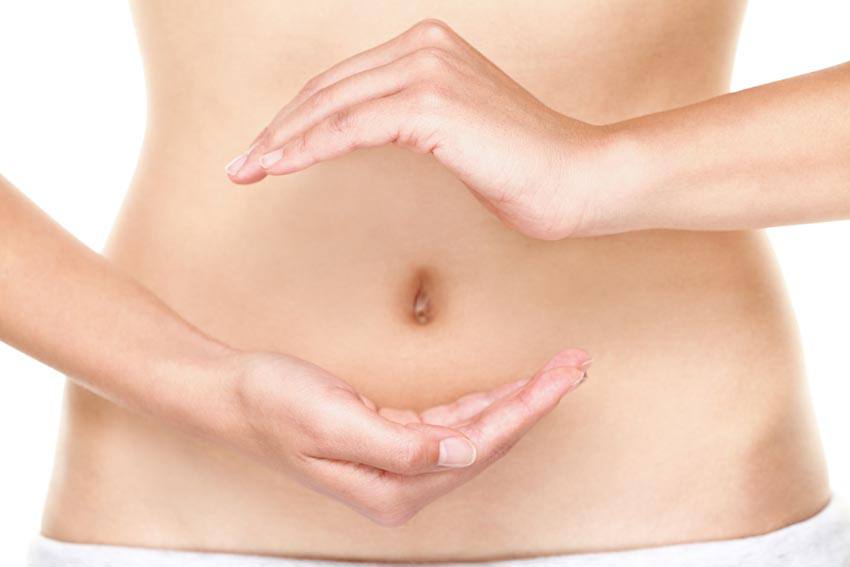Why travellers prefer Blue Cross
- Canada's #1 travel insurance brand and recognized worldwide
- Over 75 years of expertise in insurance
- $5 million travel insurance coverage, with or without deductible
- Flexible and affordable travel insurance solutions
- Free quote available online
- Travel assistance available 24/7 for any emergency, anywhere you travel

Post-baby belly? You may have diastasis recti
Published on: June 1, 2016
Having a baby has a significant impact on the body, and once the baby is born, most women start focusing not only on caring for their new bundle of joy, but also on helping their body recuperate. While some women bounce back quickly, other women notice they have a stubborn post-baby belly (also called “pooch”). No, this is not just a stubborn pocket of fat. It could actually be a condition called diastasis recti, and it’s more common than many realize.
About two-thirds of women have get diastasis recti after childbirth, and it is caused by a gap in the left and right abdominal muscles, which can create the appearance of a protruding belly.
According to WebMD, “pregnancy puts so much pressure on the belly that sometimes the muscles in front can’t keep their shape. ‘Diastasis’ means separation. ‘Recti’ refers to your ab muscles called the ‘rectus abdominis.’".
Will I get it?
You have a greater chance of developing diastasis recti if:
- You are petite
- You have more than one child
- You are over 35
- You have a heavy baby, twins or triplets
- You have poor muscle tone
- You had it in a previous pregnancy
There is a simple way to determine if you have the condition:
“It's easy to perform a self-test for diastasis recti. Just lie on your back with your knees bent and feet on the floor. Put one hand on your belly, with your fingers on your midline at your navel. Press your fingertips down gently, and bring your head (shoulders stay on the ground) up into a mini crunch-like position. Feel for the sides of your rectus abdominis muscles, and see if and how far they are separated. Separation is commonly discussed in terms of finger widths -- for instance, two or three (or more) fingers' separation,” says Alesandra Dubin on Parents.com.
Focusing on prevention is one of the most important factors in preventing this condition. Avoid putting too much pressure on your abs during pregnancy. It’s recommended that you use the “log roll approach” while getting out of bed or off the couch. There are also a number of helpful exercises pregnant women can do to strengthen their core after childbirth. It’s also important to avoid straining, and the best form of prevention is to strengthen the core muscles before getting pregnant.
Treatment
The first thing you should do is consult your doctor to properly diagnose the condition. Depending on the extent of the separation, there are various forms of treatment that could be prescribed. Exercise and physical therapy are most commonly the first approach, and these are particularly important before becoming pregnant again.
If exercise and physical rehabilitation do not work, surgery may be an option. Depending on your specific situation, a laparoscopy or abdominoplasty (a “tummy tuck”) may be performed.